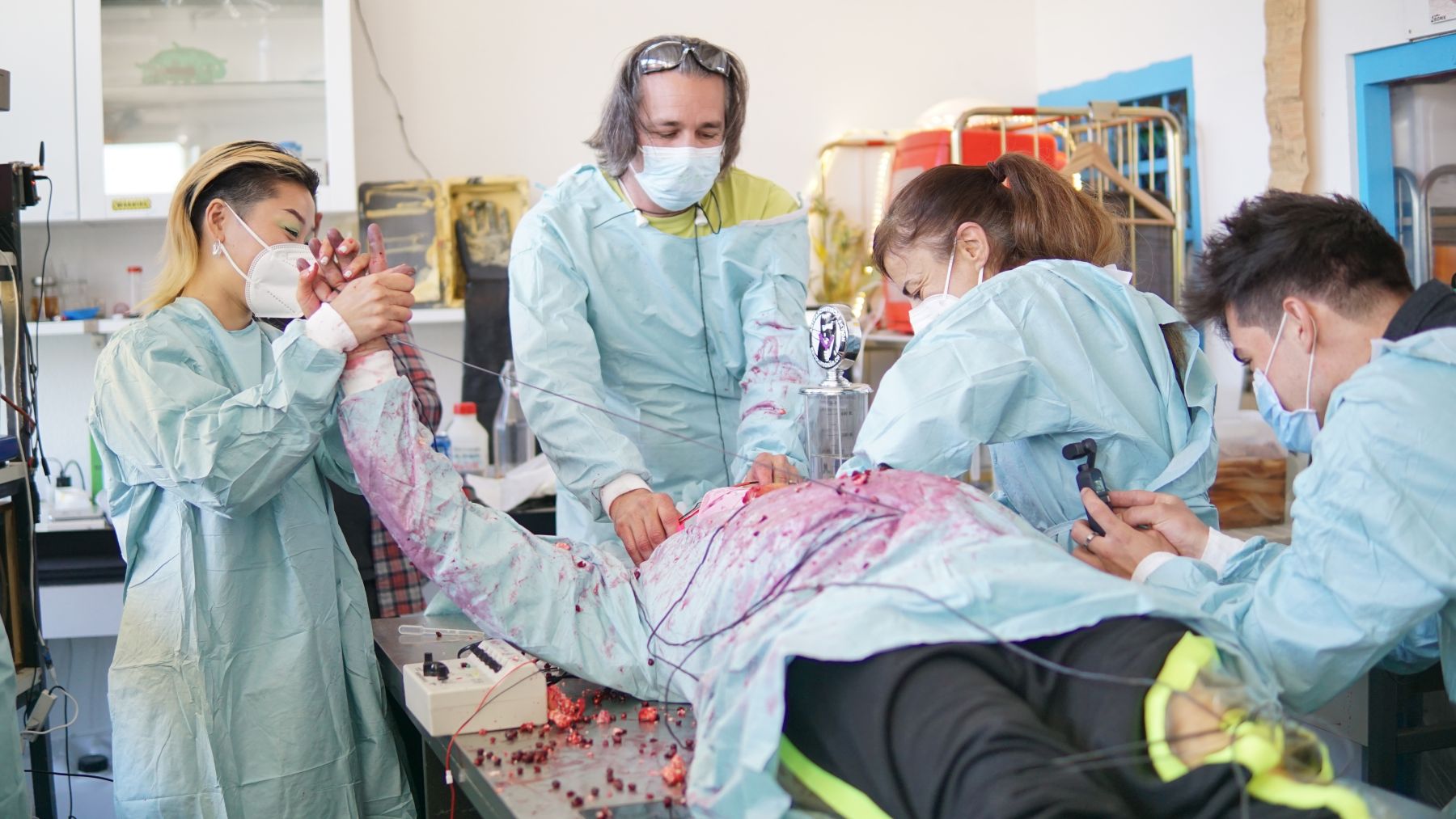Interview Lyndsey Walsh
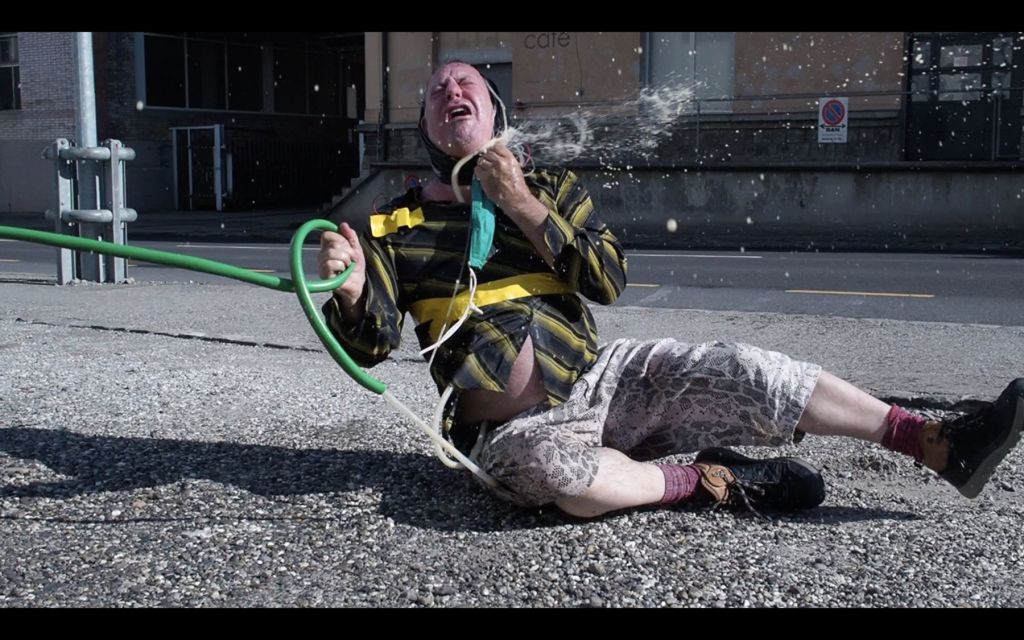
Adam Zaretsky is one of the pioneers of the BioArt movement, with a prolific career spanning over two decades. Zaretsky’s work takes on multiple formats that he categorizes within a wet-lab artistic approach that takes interest in themes and materials from gastronomy, ecology, non-human relations, biotechnology, bioinformatics, and body performance. Out of these interests and explorations, Zaretsky stages hands-on BioArt lab productions.
Acquiring both a professional background in the arts and science, Zaretsky has been able to move between the different domains fluidly. After obtaining an MFA in Art and Technology from the School of the Art Institute in Chicago in 1999, Zaretsky undertook a two-year research position at the Massachusetts Institute of Technology in the Arnold Demain Laboratory for Microbiology and Industrial Fermentation where he explored the interactions between music, vibrations, and the growth, development, and behaviour of E. Coli.
After his time at MIT, Zaretsky has gone on to work with a number of other institutions in promoting and teaching DIY wet-lab practices, including New York University. In 2009, Zaretsky formed The VivoArts School for Transgenic Aesthetics, Ltd. (VASTAL) as a way to make hands-on biotechnology labs more accessible to public engagement during his residency with the Waag, which the video archives of this project are still accessible online.
In 2021, Zaretsky, in collaboration with Marc Dusseiller and Hackteria ZET (Open Science Lab in Zürich), founded the ongoing Transgenic Human Genome Alternatives Project and the Mind project theGAP programme to explore the future and ethics of human genome modification. Early skill-share biohackers include Paula Pin, Mary Maggic, Cristian Delgado, Zohar Messeca-Fara, and Urs Gaudenz, with representatives psyFert and BEAK, the Bioart Ethical Advisory Commission. Currently, Zaretsky is a postdoctoral fellow at the Ionian University researching biomedia as living data-art and exploring the multiplicities of ways to engage with and interpret data.
Critically engaging with the permutability of life at the hands of technology, Zaretsky’s practice is deeply embedded in humorous and performative explorations of the ethical boundaries and codes of conduct that are carried out in scientific procedures.
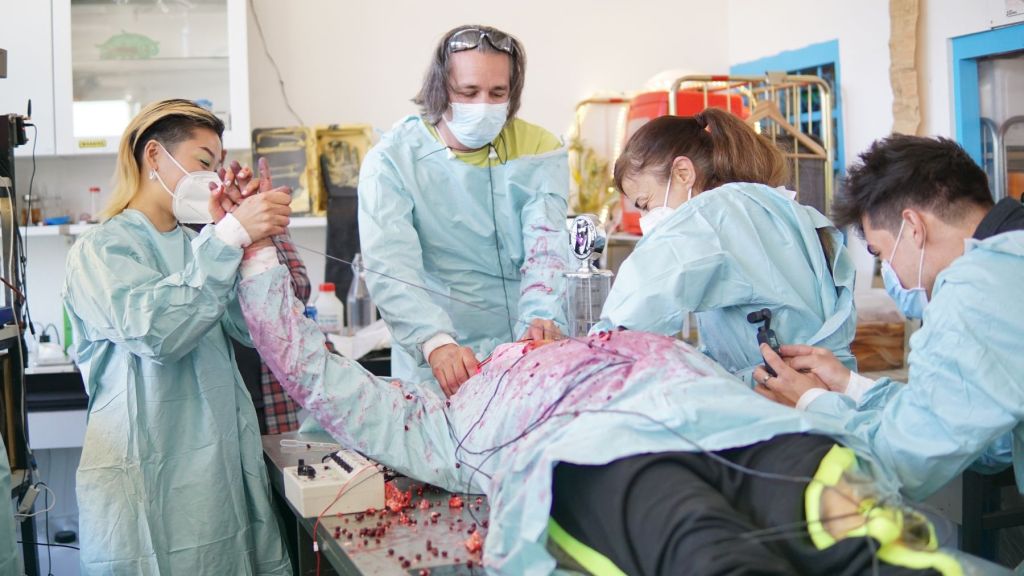
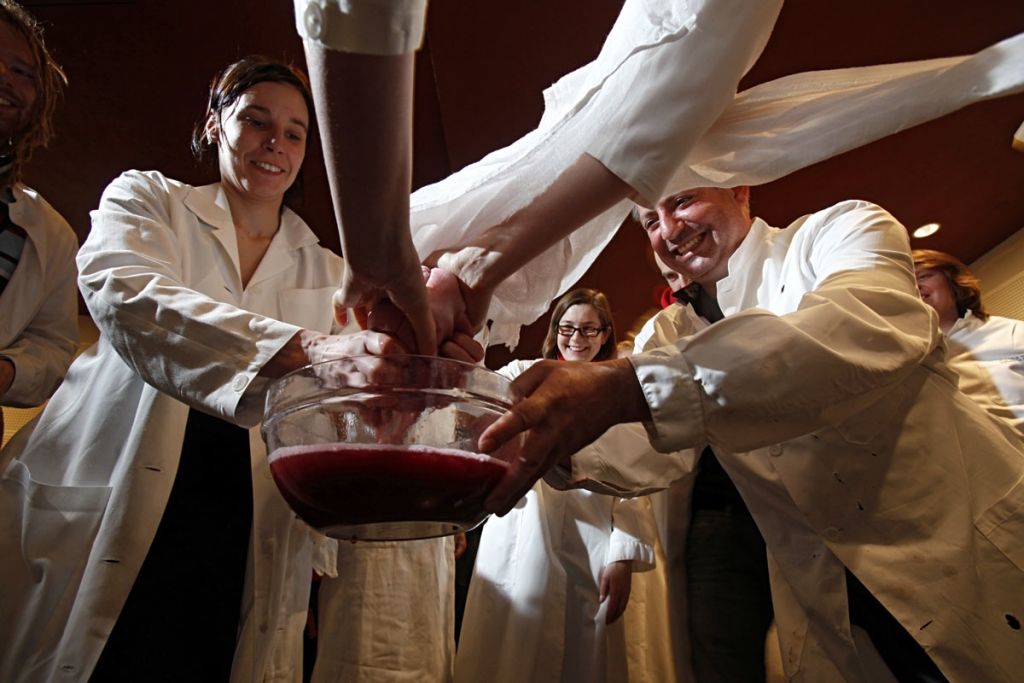
Right: Kiasma Hybrid DNA Workshop Helsinki. Photo credit Antti Ahonen
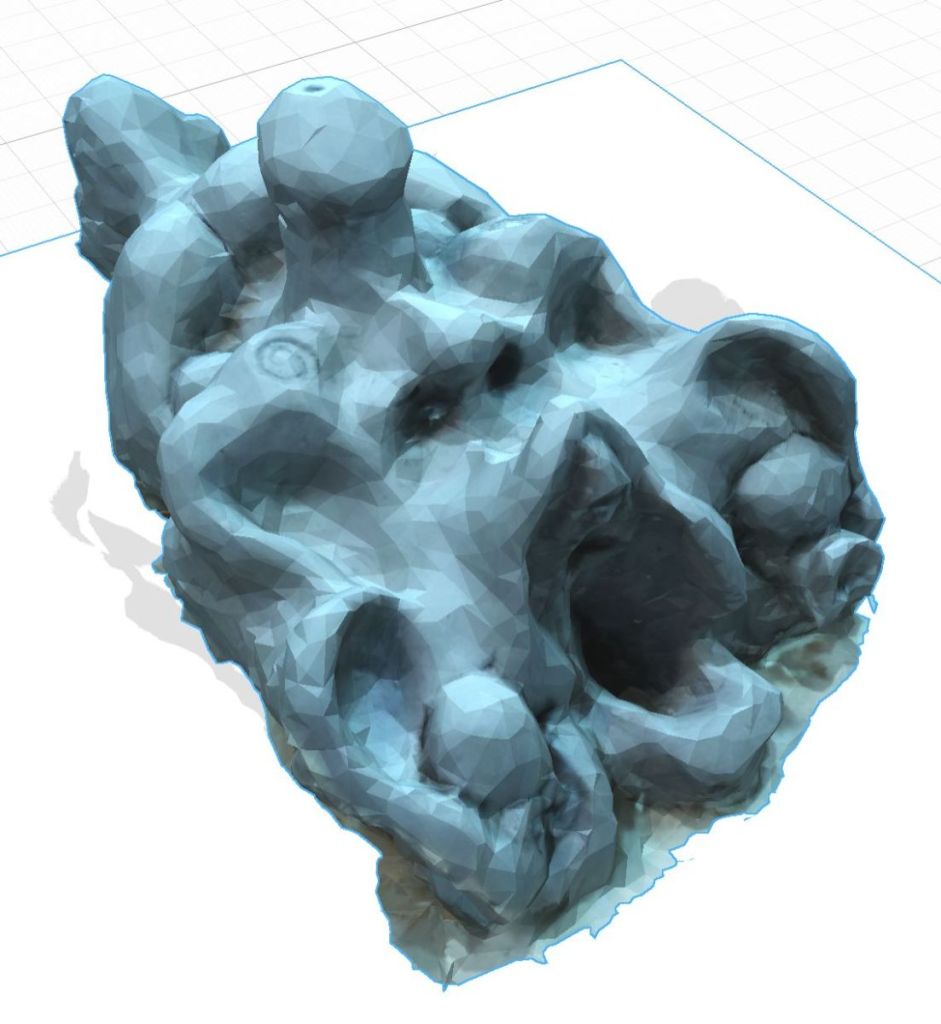
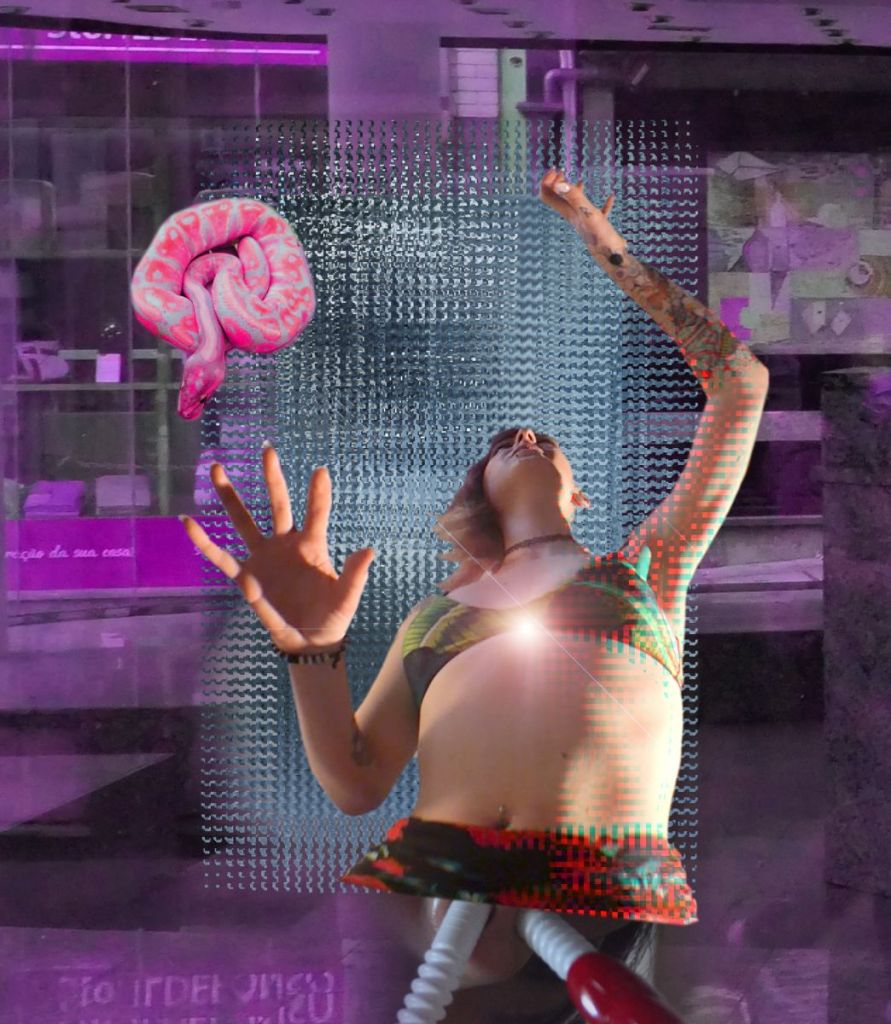
Right: Photo & Collage: Andi Wallwhore. Pin-up Model: the greenest witch
For our readers who may not be familiar with you and your work, can you tell us a bit more about yourself and what drives your practice?
My Wet-Lab Art Practice is currently based in New York/Corfu. As a former researcher at the MIT department of biology, I hold experimental bioart labs and workshops globally. Professionally, I have been teaching Bioart for 20+ years, sometimes in the streets, sometimes in biohacker labs and sometimes while teaching at universities, such as San Francisco State University (SFSU), SymbioticA (UWA), Rensselaer Polytechnic Institute (RPI), University of Leiden’s The Arts and Genomic Centre (TAGC), the Waag Society and many other places. I stage lively, excessive, hands-on bioart production labs. Expect lots of blenders and bioMessy, sex-positive exploration. Wetlab Bioart can be an icky body pod affair, not for the faint of heart.
My artistic process is much like an anthropologist’s ethnography of biotechnology cultures but with bioart as the outcome. I generally inhabit cutting-edge biotech research labs where I participate and observe to learn in-depth protocols of experimental design. I then transmit my new esoteric biological skill sets into publicly understandable living artworks.
I am known for gonzo biomedia theory, sticky performance lectures and bioethically tarnished, super messy public labs. Some people call me Bionysus, some people call me “the Lenny Bruce of Bioart”, some people call me Maurice, and some people call me Andi Wallwhore. My writings are focused on an array of legal, ethical, social and libidinal implications of new biotechnological materials and methods targeted towards a very critical understanding of GMO designer babies: transgenic humans, artificial wombs, new reprotech and germline aesthetics. It is heady stuff but also very campy, borscht belt, irreverent slapstick dressed up as poMo.yab-yunk. But my practice is dedicated to accessible, fun, demystification of scientific complexities and hands-on, engaged, bioart playfulness.
You have worked extensively in the realm of BioArt and have also worked in collaboration with many of the pioneers of the field. Can you tell us a little bit more about what you define BioArt to be and what the field means to you?
BioArt is using life as a metaphor to critique the use of life in life science. Bioart and art-life productions are implicated in the very cycle of usury these art-forms tend to critique. From the industrial transgenic animals of the health and research sectors to zoos and slaughterhouses, there is room for living commentary to our biodiverse relations. But, in collaborative and growing multispecies process based art, the organisms are often trapped in an experimental life support system that is part art and part apparatus. Art that pretends to work on multispecies understanding and partnership with non-humans, often has an exploitative concept of care. Humans are uncanny nurturers, so bioart is both an appreciation of otherness, critically interrogating the biosciences and Bioart is the worst art ever: the art of euthanasia and vivisection. Worse than science, art is romantic, anti-empirical, focused on the subjectivity of life. SO Bioart dissects without any objective goals. Is this pure research, curiousity based research, fundamental research or just the poetics of hypocrisy? Is Bioart is just ritual sacrifice and animal cruelty art? Is bioart a sort of pitiless gore fest of mutilation and carnivalesque staged snuff?
BioArt is known to push the boundaries of what we consider to be both art and science. What has been a project that you have been working on that has excited you, and you have found yourself unsettling some boundaries created by the disciplines of art and science?
Currently, I am collaborating with the Hackteria ZET community compound in Zurich, Switzerland, as well as passaging through the leaky tendrils of the Global Hackteria Network. Our project is the Transgenic Human Genome Alternatives Project (thGAP), including the world’s first open-source human mutant bioinformatics database made for and by untrained, non-professional, amateur gonad bending, diyBIoart queer twerkerz, Madlib qualitative data aficionados, and bioKraken lateral thinking whak-haken people. The CGCB, Creative Germline Constructs Bank offers ReproTech & Arts / Germline Hacks and Designer Baby options that prevent naive enhancement optimism aesthetics in the human genome, mind thGAP or we will be stuck with pragmatic and utilitarian Hyperrealism Sapiens thGAP ensures contemporary artistic standards and subPop antiArt aesthetics will be allowed to weigh in contrast to the current race to normalize our global genome on-a-bender project.
For some typical yet invisible blacklist reasoning, thGAP has been deemed unfundable, so please send us renegade non-governmental funds, subversive san Jose fascist corporate crypto backdoor cash flow, freemasonic ‘take the piss’ futurism funding or, in the standard EU tradition, a Medici styled art patron into kinky anti-aesthetics, tax-deductible donations and stirring the social agonism. The production of People’s History in DIY-Bioart expects experiments in human genome germline editing to be non-elite.
We are making a commons for new reproductive technology and transgenic post-human broods. thGAP is un-working the claptrap while developing the most absurd how-to protocols for Informed consent for odd-person’s Sperm Donation, geek Egg Donation, Garage IVF microinjection Fertilization, Open Source Wetware Cryopreservation of Transgenic Implantables (Open Egg, Open Sperm, Public Embryo Bank), Experiments in alternative hyperovulation and ovum collection (including possible minimally invasive tech and gonad culture pyramid post-body germline sourcing), Crowdsourcing ‘carry a mutant’ BodyMod volunteer Surrogacy (for multigenerational art mutation babies and small tribes), Radical Implantation Methodologies, OpenDrop liquid handling platform for miniaturized assembly-line embryo grading and enrichment artificial wombs, Spiritual Gene Counseling Seances and Public Transfection of hESC (human Embryonic Stem Cells and more. Funding or no funding, Hackteria plans to hold all of these thGAP labs in the next 11 years during 49-hour drone festivals, in your lockdown hybrid kitchen, bathroom or bedroom or as a part of open expenditure, biological abundance and fertile festival feasts, i.e. in the public sphere.
Have you ever experienced pushback from formal institutions or audiences when pushing these boundaries?
It is no wonder Human Gene Editing bioethics review boards won’t answer our emails. The WHO Expert Advisory Committee on Developing Global Standards for Governance and Oversight of Human Genome Editing has no room for creative public education that scumbles UN PR. The Human Genome Editing Initiative is too embarrassed to allow for critical performance mirroring what they are actually promoting. The UK Royal Society and Academy of Medical Sciences, the US National Academies of Sciences and Medicine and the UNESCO World Academy of Sciences for the advancement of science in developing countries (TWAS) don’t consider thGAP an important international dialogue around human genome editing. It is sad that both the advocates and critics can’t take a little ribbing on such important topics.
Luckily we enjoy the Diogenes flavour of unfundable infamy, and we know that communitas starts with street-level biopunking. thGAP is independent, and so we are able to make fun of something that touches on a lot of touchy issues: the sanctity of the human genome, the use of health as an excuse to engineer the species commons, the myopic sense of futurity that the scientific/military aesthetic seeks to stamp on future human birth and this bullshit, rent-a-priest in-house bioethics consortiums who self congratulate and kiss hierarchic silver plated ass while rubber-stamping the human genome into unstable futures without any credible public debate.
Are there other projects you are working on exploring these boundary-pushing narratives outside of the DIY-Bio and wet-lab-based techniques that you instil in your practice?
I am able to share that I am now a research-based Post-Doctoral Fellow at the Hub of Art Laboratories (HAL) of the Department of Audio & Visual Arts (AVArts), Ionian University. With HAL, our node in the Corfu, Greece-based Media Lab is tasked with developing audio-visual immersive environments, studying biomedia as a form of living data-art, and thinking about microcosms and macrocosms in terms of the technics and wild untamed of the abundant biological in all it’s marvellously exuberant-ness. Part of HAL’s animated and natural processes research node has become about understanding bioinformatics databases that target disease, the research behind the development of novel gene therapy devices to fight neurodegenerative disease, and the potential for creative misuse or non-normative applications of these protocols. Of course, this leads to producing octopus Video Jockey (VJ) training films and a milk fountain rebirthing tube. As an active member of AVArts, I am also teamed with the “Rewilding Cultures” project developed by the Feral Lab Network co-funded by the Creative Europe Programme of the European Union. I am planning an annual Ionian Sea-based, on-the-beach, primal-feral Bio-Body Gestalt Rehab Odyssey (BB.GRO) camp dedicated to the interface between performance art and bioart. The BB.GRO-TTT.labs call is out soon. Hopefully, BB.GRO will include experiments in interspecies human-octopus VJ sets and primal scream, birth-canal, beach blanket bingo, and real-time gene expression happenings.
What do you think should be the future direction for BioArt?
Well, I want to come out against goody two-shoes puritanism in general. Inflexible, prudish, non-stick surface personas and their relation to the rules of order and law are in need of cluster colonics. I abhor smug righteousness and rigidly enforced innocence. I want to encourage breaking from behavioural training. Let’s escape from the life-sucking madness of propriety. The vacuum of bureaucracy and the tight faces of miserable seriousness weigh the life world down with an image of endless repetition and the spotless anal sealants of the mind. Mock the fastidious. Overidentified sticklers emanate Deadly Orgone Radiation (DOR). Relying on the rule of law for what often turns out to be an aesthetic judgement amounts to intentional ignorance of the queerness of being. There is no truth in goodness alone. It sounds like the enemy of creativity returns as Wilhelm Reich’s Emotional Plague.
Pointcloud world scanning is anathema to creation. Stop the avoidance of anal explosiveness!. Life is not mere programmable existence. Life is not data. Life is down with bodily form, the growth of axes, the specialization of the orifices, the orificial economy, the complexity of metabolic syndromes, form and formless corpuscular blebbing. Just because we make amazing clickbait and we can get stolen into faceMess metabolic tracking device bullshit doesn’t make the Turing Test more interesting. We have cradle-to-grave post-privacy monetized algorithms bio-politically keeping us fed. Pavlov’s frozen pizza is your sucky, contagious reward. We are all organisms living (AOL). We are not just for-next loops built for being as compiled-Life. AOL may be carnage, but it’s fun and untamable. Life shits. Catabolism R us.
You couldn’t live without…
A good absurdist fetish-ish photoshoot makes my life worth living.

